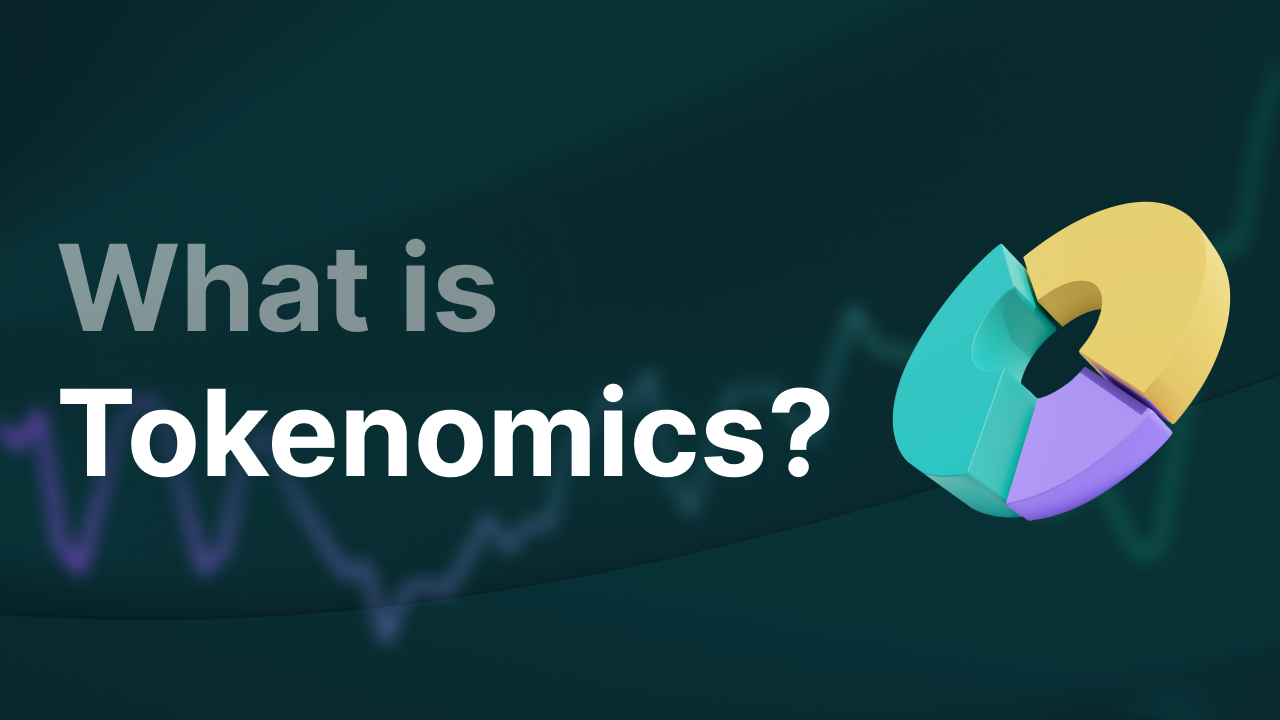What is Tokenomics?

The world of cryptocurrency is growing rapidly, and with it comes an array of new terms and concepts that are essential to understand. One of the most important, yet often overlooked, concepts is tokenomics.
If you’re new to the crypto space or want to broaden your understanding of digital currencies, this article will help you get to grips with what tokenomics is, why it matters, and how it plays a pivotal role in the crypto ecosystem, especially in Europe.
What is Tokenomics?
Tokenomics is a blend of the words “token” and “economics”, and it refers to the economic model behind a cryptocurrency or blockchain project. It encompasses the supply, distribution, and utility of tokens, as well as the incentives that drive people to participate in a given network. In essence, tokenomics is the economic design of a token or coin that determines its value, behavior, and sustainability within a decentralized system.
Just as traditional economics focuses on the supply and demand of goods and services, tokenomics examines the supply and demand of digital tokens and how these elements interact to create value for users, developers, and investors.
Key Elements of Tokenomics
Supply and Distribution
One of the key aspects of tokenomics is the token’s supply. There are two main types of token supply to consider:
-
Maximum Supply: The total number of tokens that will ever exist. For example, Bitcoin (BTC) has a capped supply of 21 million.
-
Circulating Supply: The number of tokens currently available for trading in the market.
How tokens are distributed, whether through an Initial Coin Offering (ICO), an airdrop, or mined over time, significantly affects the token’s price and value.
Utility
The utility of a token refers to its purpose within the blockchain ecosystem. Some tokens are used purely for transactions, while others have more specific functions, such as granting voting rights in governance (e.g., governance tokens) or paying for transaction fees in a decentralized network.
A well-designed tokenomics model ensures that the token has genuine use cases within its ecosystem, which in turn drives demand and helps sustain its value over time.
Incentives
For a cryptocurrency to succeed, there must be incentives for all participants in the network—users, miners, validators, and developers. Tokenomics outlines how these parties are rewarded for their participation. For example, in proof-of-work systems like Bitcoin, miners are rewarded with newly created coins for validating transactions. In proof-of-stake systems, validators are incentivized with tokens for staking their assets to maintain the network.
Deflationary vs. Inflationary Models
Tokenomics also addresses whether a cryptocurrency operates on a deflationary or inflationary model.
-
Deflationary Tokens: These tokens have a fixed supply or reduce the circulating supply over time through mechanisms like token burning (where tokens are permanently removed from circulation). This tends to increase scarcity and, theoretically, value over time.
-
Inflationary Tokens: Tokens that increase their supply over time, often through block rewards or interest mechanisms. While inflationary models can incentivize participation, they can also devalue the token if the supply grows too quickly without sufficient demand.
Governance and Decision-Making
Governance is an increasingly important part of tokenomics. Decentralized projects often allow token holders to vote on critical decisions, like protocol upgrades or changes to monetary policy. A good governance model ensures that the community has a say in the project’s direction, which can encourage long-term participation and stability.
Why is Tokenomics Important?
Understanding tokenomics is essential for anyone looking to invest in or use cryptocurrency. In Europe, where crypto adoption is on the rise and regulatory discussions are becoming more prominent, knowing the fundamentals of tokenomics can help you navigate the ever-evolving landscape. Here’s why it matters:
-
Informed Investment Decisions: Tokenomics can provide insight into the long-term sustainability of a project. For instance, tokens with a limited supply and strong utility may hold more value over time compared to inflationary tokens without a clear purpose.
-
Avoiding Scams: With the explosion of new crypto projects, not all are created with good intentions. Some tokens have poor tokenomics, leading to quick pump-and-dump schemes where early investors profit at the expense of others. A thorough understanding of tokenomics can help you avoid these pitfalls.
-
Ecosystem Participation: Tokenomics can help you understand how you can contribute to and benefit from a particular blockchain network. Whether you’re staking tokens, participating in governance, or earning rewards, a solid understanding of the token’s economic structure is key.
Tokenomics and Europe: What’s the Connection?
As more European citizens, businesses, and institutions explore the benefits of blockchain technology, understanding tokenomics becomes crucial.
Regulators in the EU are paying closer attention to how cryptocurrencies operate, especially with initiatives like the Markets in Crypto-Assets (MiCA) Regulation, which aims to create a consistent regulatory framework across member states. A solid tokenomics model can help projects comply with these regulations, ensuring they are transparent, fair, and sustainable, making them more attractive to European investors.
Moreover, Europe’s emphasis on green energy and sustainable technology may drive interest in projects with eco-friendly tokenomics models, such as those that minimize energy consumption or incentivize renewable energy use through staking rewards.
Final Thoughts
Tokenomics is the backbone of any cryptocurrency or blockchain project. It determines how tokens are created, distributed, and used within a decentralized ecosystem. For investors, developers, and enthusiasts, understanding tokenomics is crucial to making informed decisions in this rapidly evolving space.
As cryptocurrencies gain more traction, having a deep understanding of tokenomics will help you make smarter investment choices.
